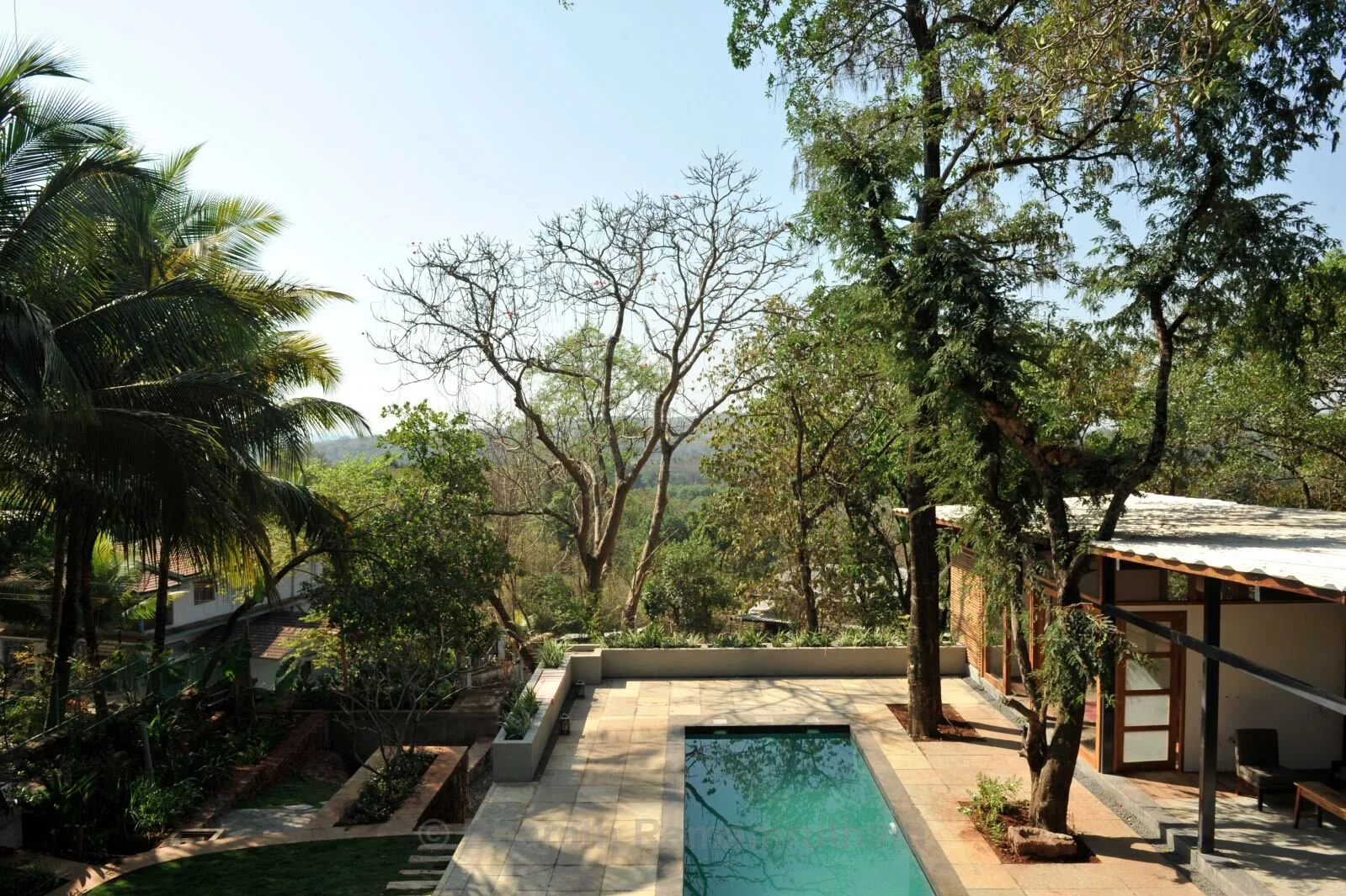Native Trees of Goa
Goa is a goldmine of biodiversity and native forests are the crucial negotiators that tie these ecosystems together. As awareness increases about habitat loss and deforestation, people have taken the responsibility of hosting planting and re-wilding drives. The first step in this process is to identify and select native plant species which are most effective and resource efficient for natural landscaping. Native trees offer huge short term and long term benefits:
Native trees are well-adapted to the local climate, which means they will have the best chance at survival.
Native trees prevent population decline of the local wildlife as the animals are not forced to shift into unfamiliar habitats.
While non-native trees might not do well up against local pests, native trees often don’t have as many pest problems because they develop symbiotic relationships with other local species.
Here are 4 popular, easy to source, and easy to plant native species of Goa:
Terminalia Elliptica or The ‘Indian Laurel’ is the State tree of Goa. A few other names of this tree are Mati, Asna, Saj, or Crocodile Bark Tree.
Terminalia bellirica is a deciduous tree that grows upto 35 m in height. It is a sun loving tree that thrives in slightly moist soils. The fruit of the tree is often celebrated for its medicinal properties.
Pterocarpus marsupium, also known as Asann and Malabar kino is a deciduous tree that can grow up to 30 m (98 ft) tall. It is native to India, Nepal and Sri Lanka. The beautiful yellow flowered tree however is currently on the list of threatened species due to dwindling numbers and needs to be revived.
Holoptelea integrifolia, also called The Indian Elm is a deciduous tree that grows upto 25m in height. It is often sourced for timber which makes cheap furniture and also used as firewood in rural parts. Its flowers, leaves and bark have medicinal uses.
Apart from this Goa has several indigenous fruit trees including jack fruit, tamarind, guava, pineapple, and kokum. While these are not advisable for highways, they are wonderfully suited for smaller city avenues, parks, city campuses, and most importantly individual residential plots.
A detailed list of Goa’s native trees can be found in this directory. These trees support a lot of insects and creepy crawlies. This post tells you how you can design to coexist with and celebrate Goa’s biodiversity.
Goa is listed among the 36 most important biodiversity hotspots in the worls. To know more about the ecological significance of this belt, you can read our blogpost on Protecting the Western Ghats here.
















